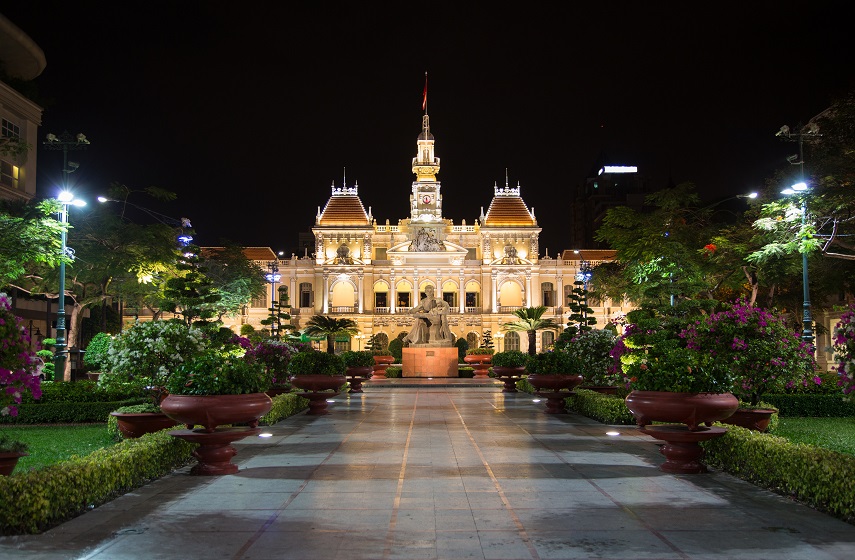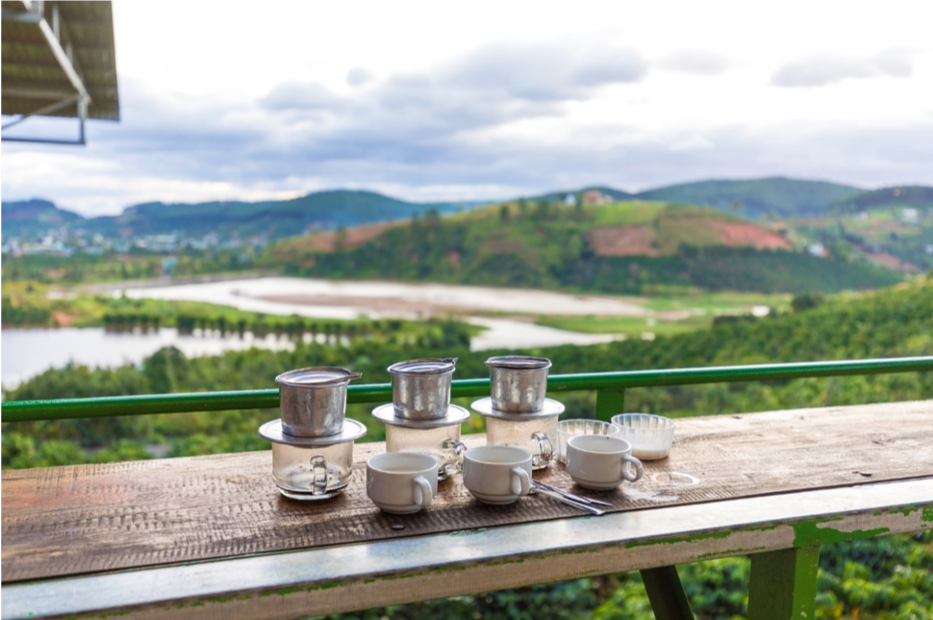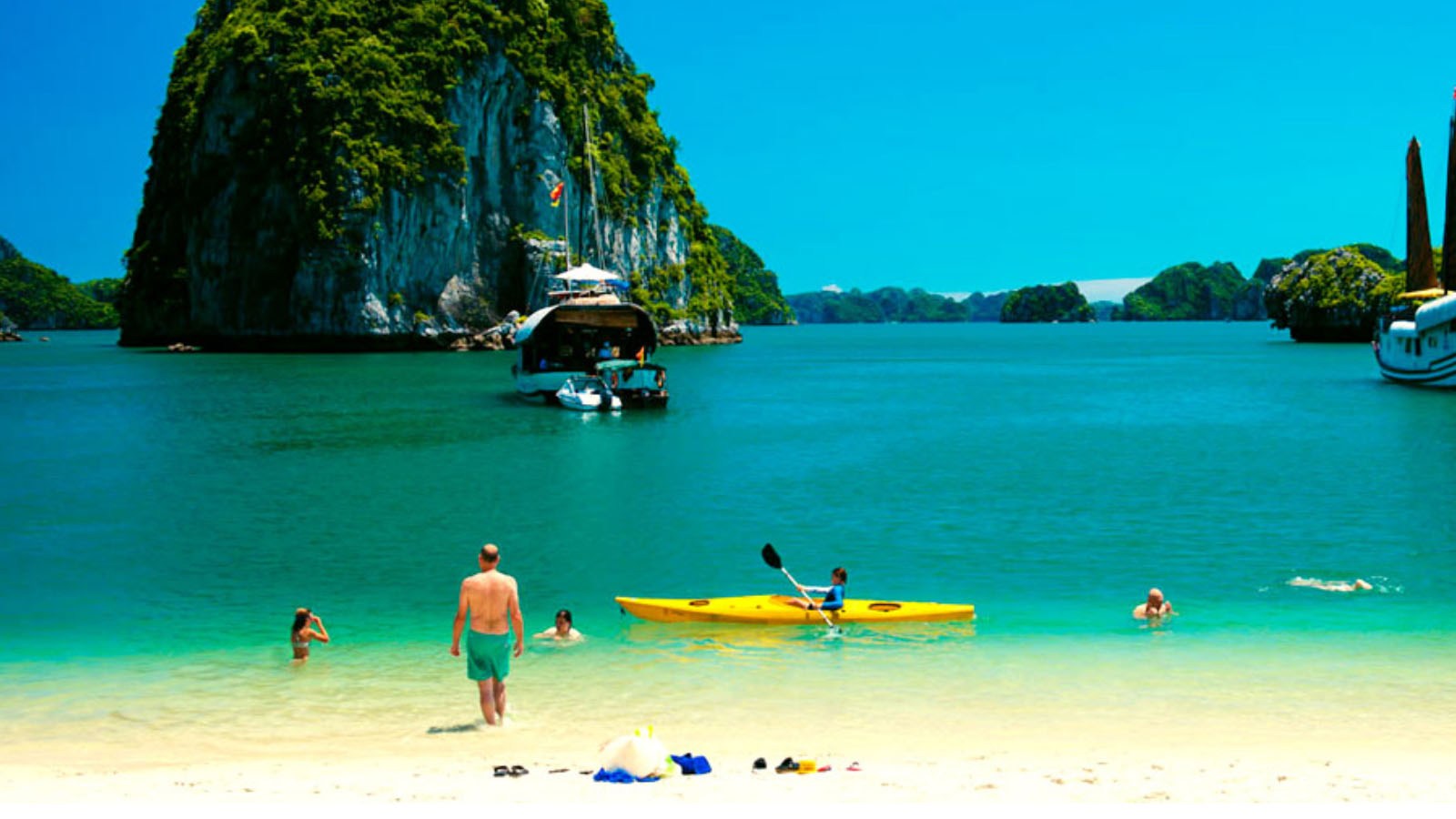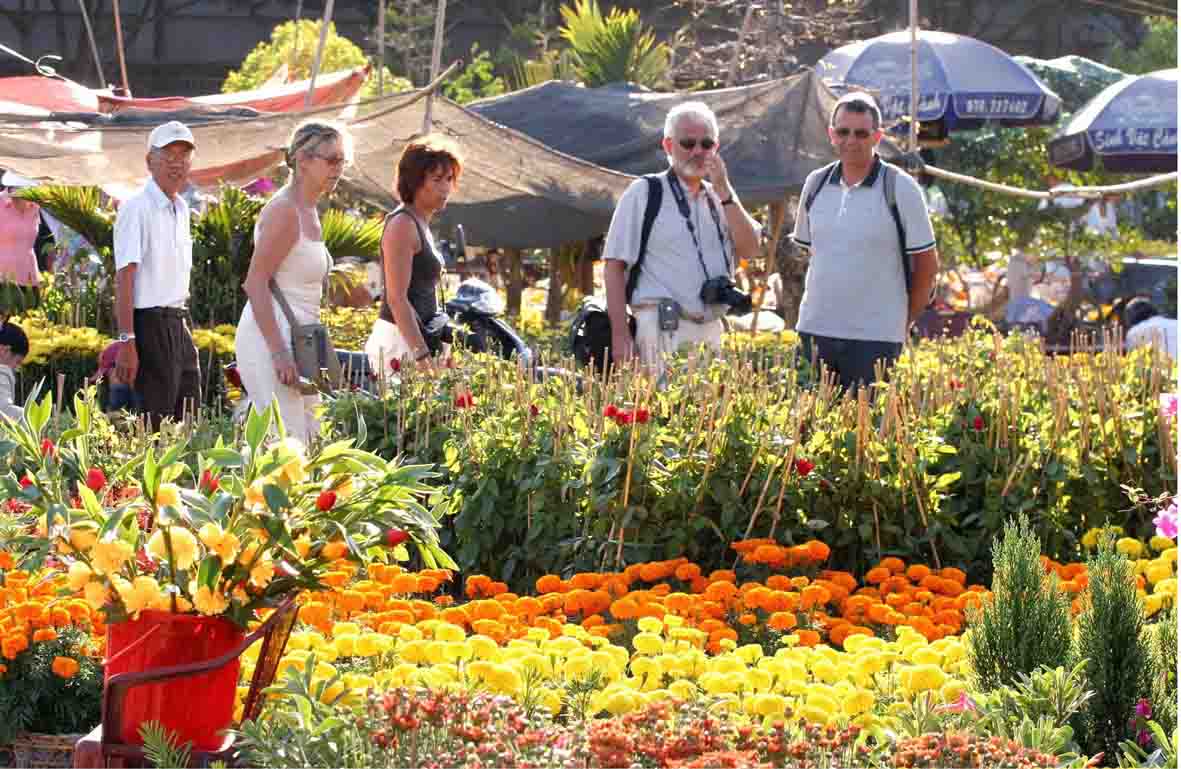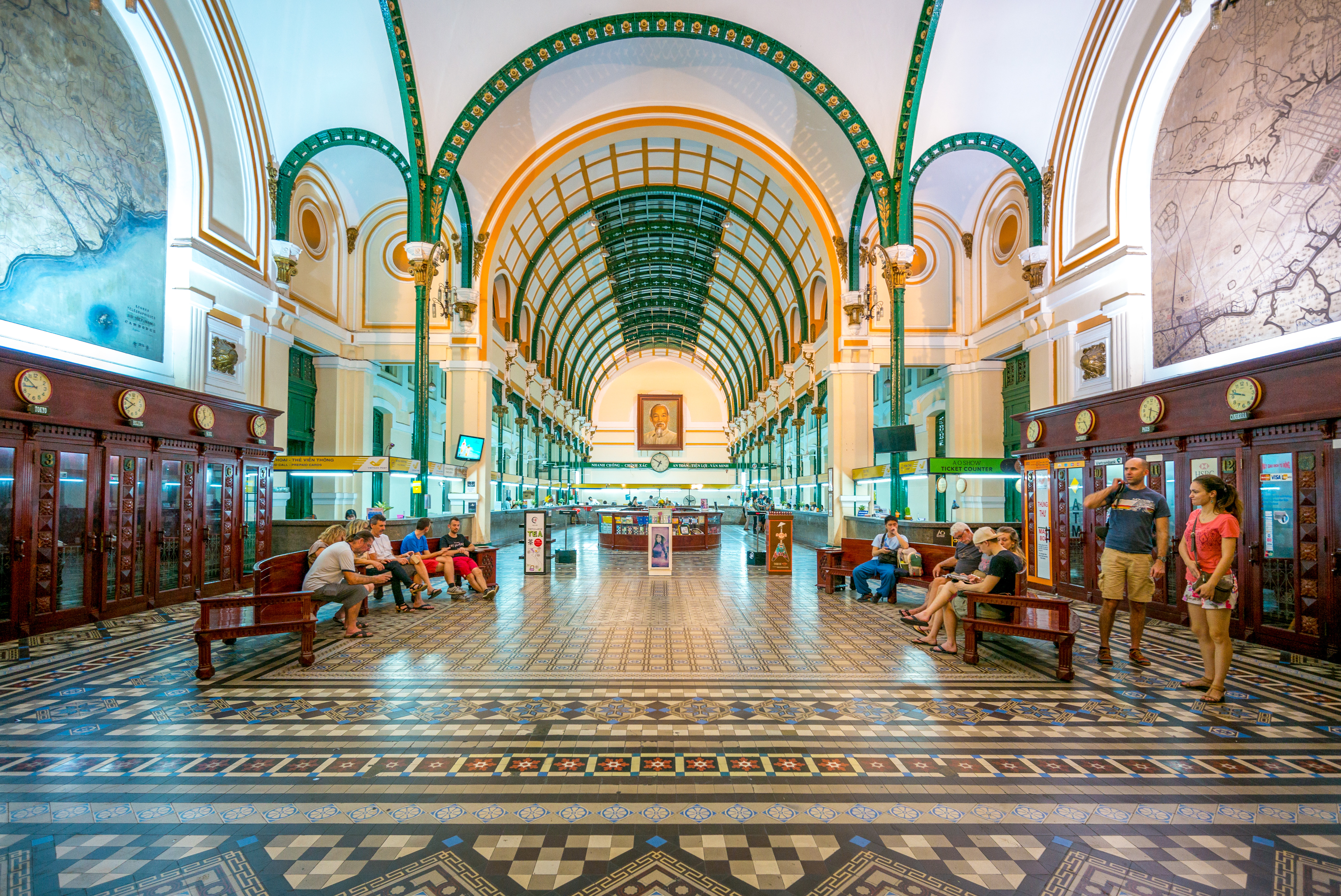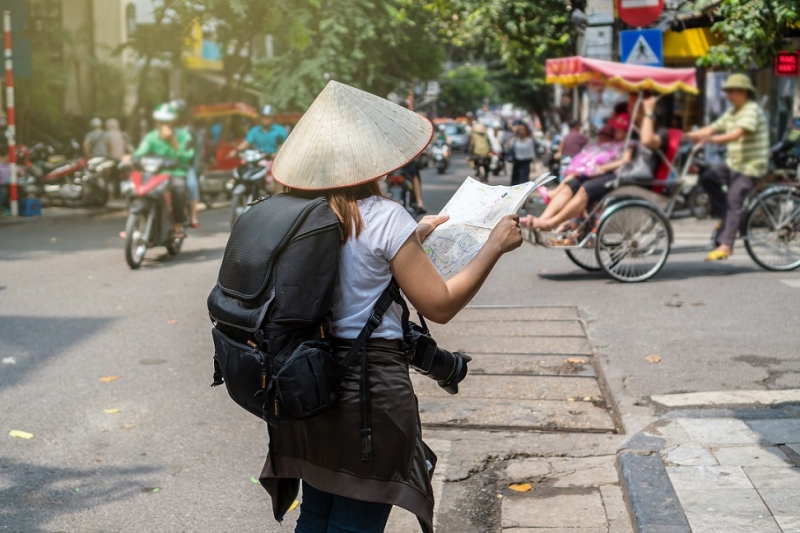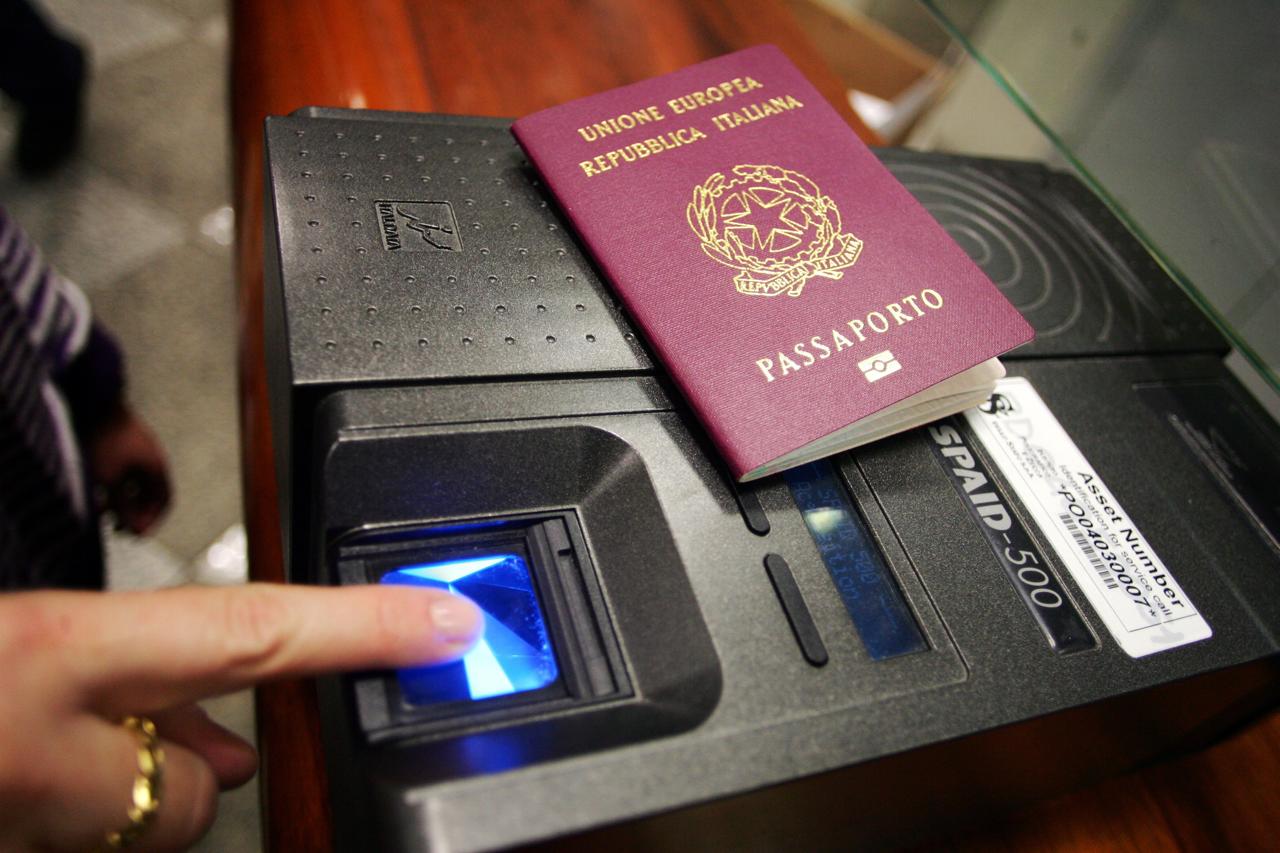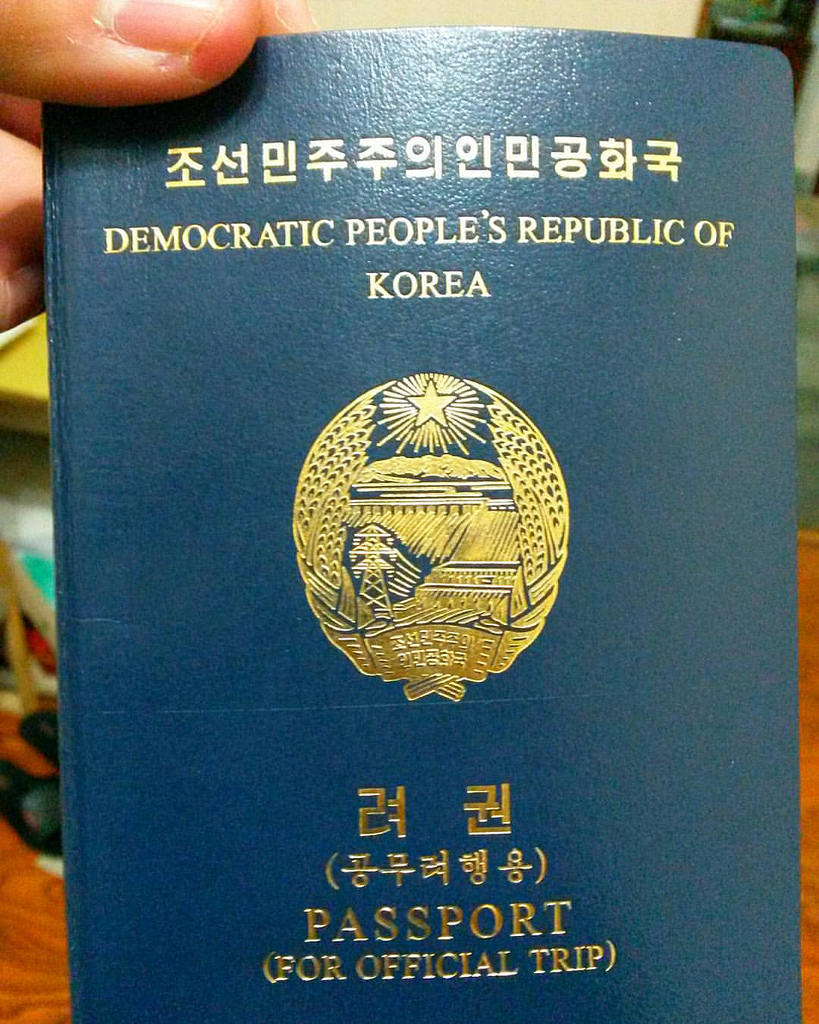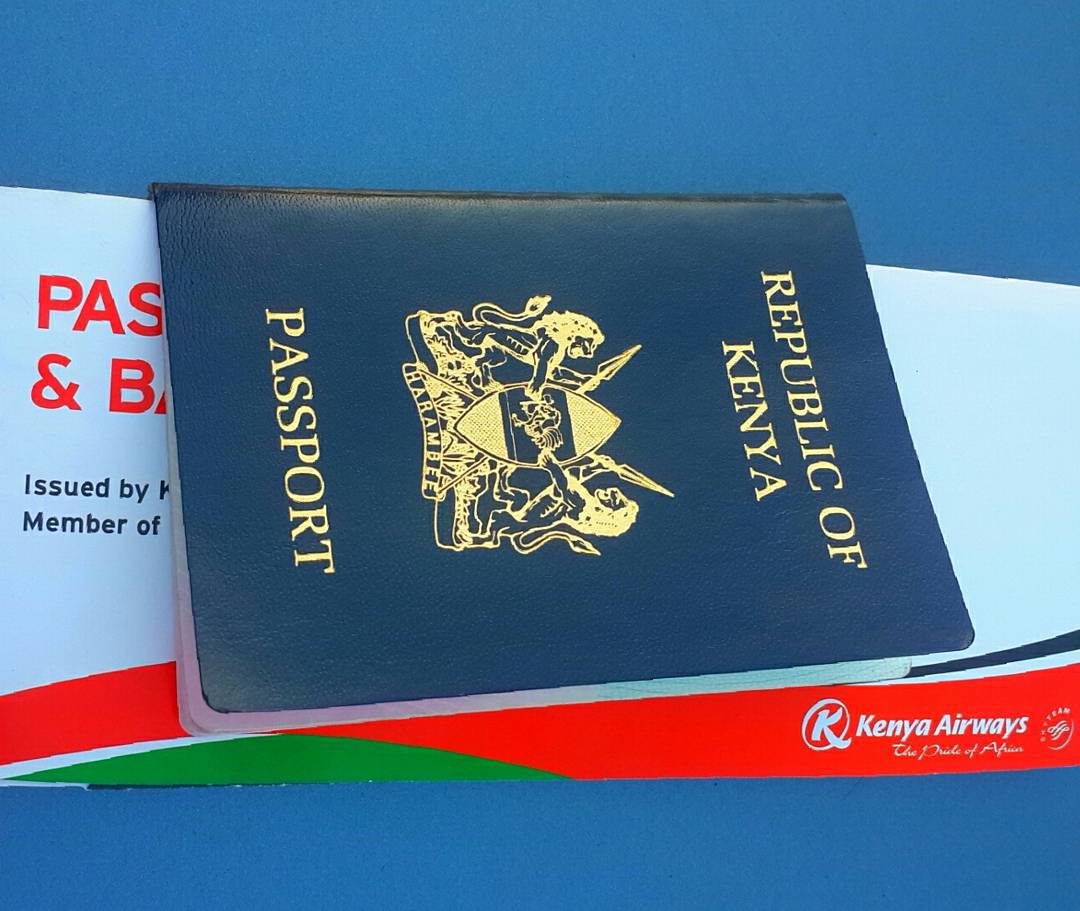The old capital of South Vietnam teems with ancient history. By providing a never-before-seen perspective, Ho Chi Minh is a true hot spot for anyone fascinated with the country’s history. Check out the top five places to visit while in Ho Chi Minh:
1. War Remnants Museum
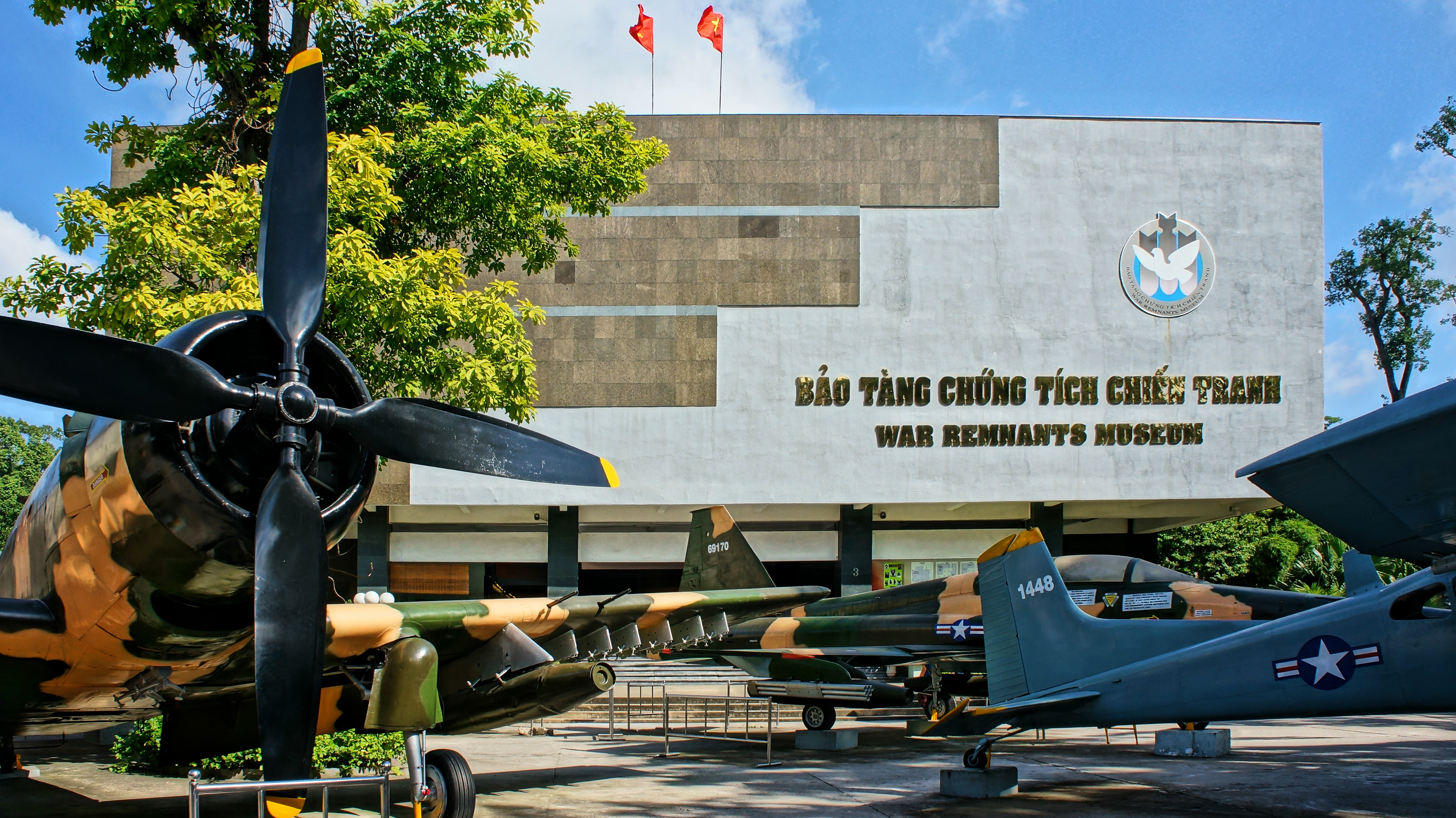
War Remnants Museum in Ho Chi Minh city
This is definitely Vietnam’s boldest museum. Originally named Exhibition House for U.S. and Puppet Crimes, this is a no holds barred look at what went down during the brutally long Vietnamese War. As you may have guessed, it certainly doesn’t paint Vietnam’s opponents in a favorable light. This museum receives hundreds of thousands of visitors a year, many of whom are shocked to see the atrocities the U.S. inflicted on the Vietnamese people in such an unapologetic way.
The War Remnants Museum opened in 1975, the same year the war finally ended. It contains U.S. armored vehicles like a tank and a helicopter with a rocket launcher, artillery and bomb fragments, and explicit photographs of the war. Shock-factor exhibits include the “tiger cages” and the guillotine, used by South Vietnam and France, respectively, to execute their prisoners of war. The museum’s truthful albeit horrific displays are slightly softened by the first-floor exhibit which shows the support of the anti-war movement with international posters and pictures.
2. Cu Chi Tunnels
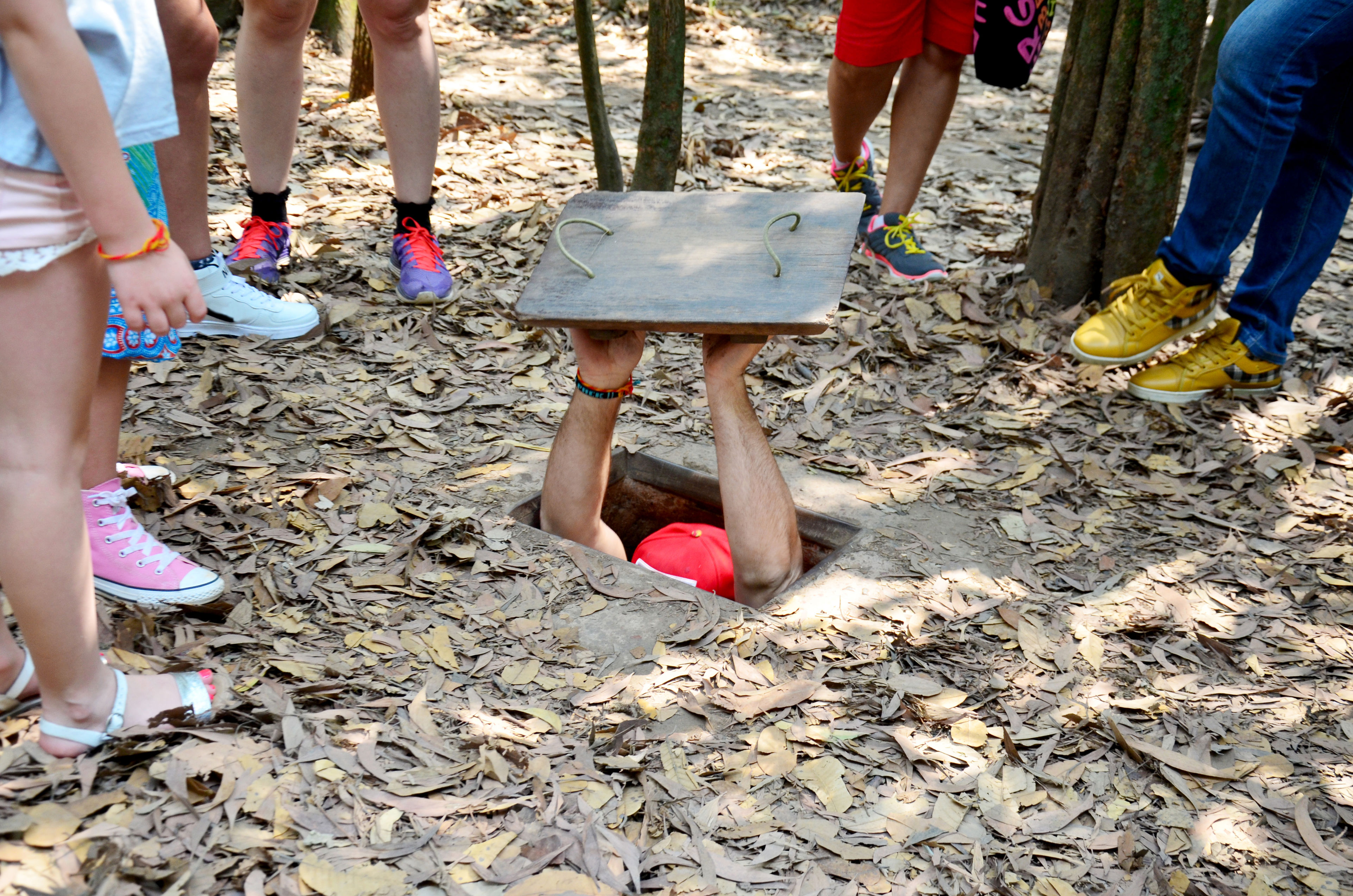
Cu Chi Tunnel
These tunnels are a living, breathing piece of the 30-year-long war that waged in Vietnam. Located 45 kilometers outside of Ho Chi Minh, this complex underground tunnel system was used by soldiers during the war to avoid detection. There are over 120 kilometers of tunnels, which include areas with trap doors, living areas, kitchens, storage facilities – even an air filtration system. It’s actually more like an underground city than simply tunnels!
A visit to Cu Chi Tunnels involves an educational movie and a 100-meter crawl through a section of tunnel. There’s also an on-site shooting range where visitors can experience what it’s like to fire an M16 rifle, AK-47, and machine gun.
3. Reunification Palace
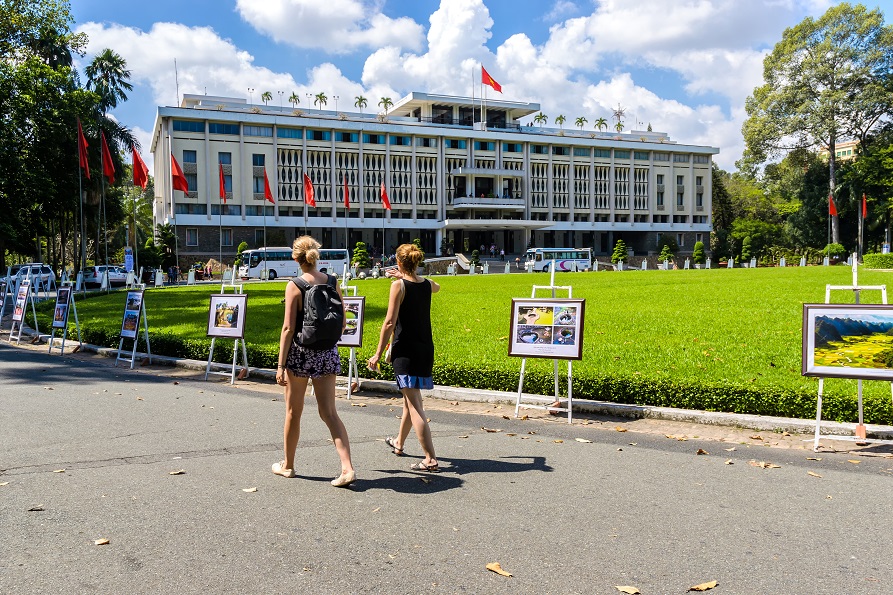
Reunification Palace in Ho Chi Minh city
The Reunification Palace is an iconic site, especially to Vietnamese people. It’s where a Northern Vietnamese army tank crashed through the main gates to dramatically end the war in 1975. The palace now serves as a blatant reminder of where the war was won and the fall of Saigon, the former capital of South Vietnam.
Prior to this epic day in history, the palace (formerly known as Independence Palace) was used as the base for South Vietnam’s General and President, Ngo Dinh Diem. And before that, in the late 1860s, it was the residence of the French Governor of Cochin China.
Today, visitors can tour the palace’s five levels and see the lush gardens – upon which the original tanks used to invade the palace sit! – the antique furniture, secret rooms, tunnels, casino, war room, telecommunication center and a rooftop terrace with a heliport.
4. Ho Chi Minh Central Post Office
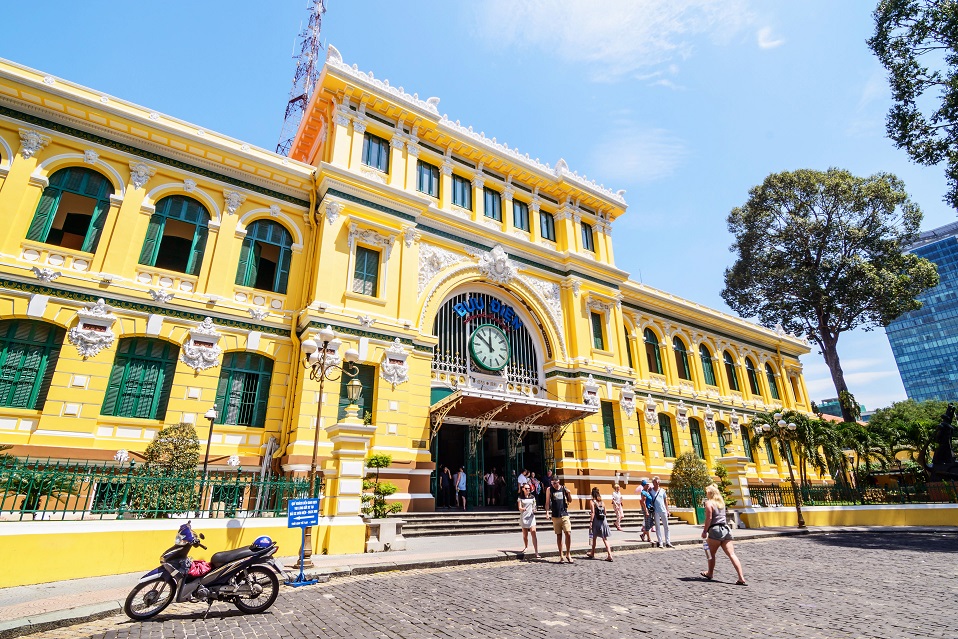
Central Post Office in Ho Chi Minh city
In terms of beautifully constructed post offices, the one in Ho Chi Minh is at the top of the list. Built between 1886 – 1891, the arched windows and wooden shutters are reminiscent of French colonial architecture. The lofted, barrel-like ceiling is a highlight, in addition to the gracefully painted wall maps of South Vietnam and the mosaic of Ho Chi Minh himself.
There’s some discrepancy as to who actually designed this building. Some say it was Gustave Eiffel, the same man who designed Paris’ most famous building, the Eiffel Tower. By other (perhaps more legitimate) accounts, it was Marie-Alfred Foulhoux, another famous French architect who designed many other important civic buildings in South Vietnam while living in Saigon.
This historic building still functions as a present-day post office, using the old-fashioned glue pots to stick the stamps on letters. Sending a letter or postcard from here is a simple but imperative bucket-list item to check off.
5. Notre Dame Cathedral
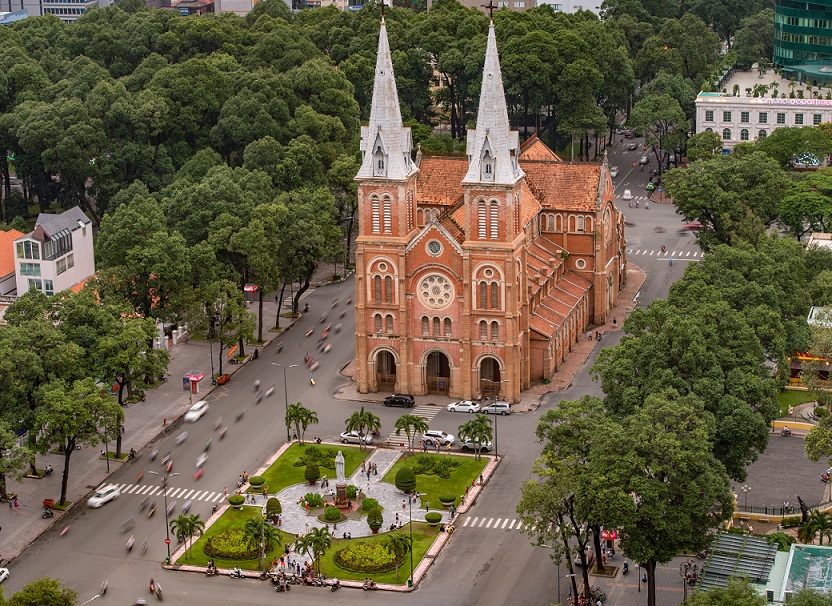
Notre-Dame Cathedral in Ho Chi Minh city
Directly across the street from the Central Post Office is another French masterpiece, the Norte Dame Cathedral. Constructed by the French and finished in the early 1880s, the Norte Dame Cathedral is comprised mainly of bright red brick, imported from Marseille in the 1860s. Color aside, the most striking features are the twin bell towers topped with iron spires that reach nearly 60 meters in height.
The church is one of the last symbols of Catholicism in a now mostly Buddhist country. It is still in use today and a Sunday mass is held every week at 9:30am.
*******
These are the 5 most popular and significant sites to visit while in Ho Chi Minh. However, this is just the tip of the iceberg. For history buffs who love to sniff out compelling architecture and ancient history, there is no better place in Vietnam than Old Saigon.

